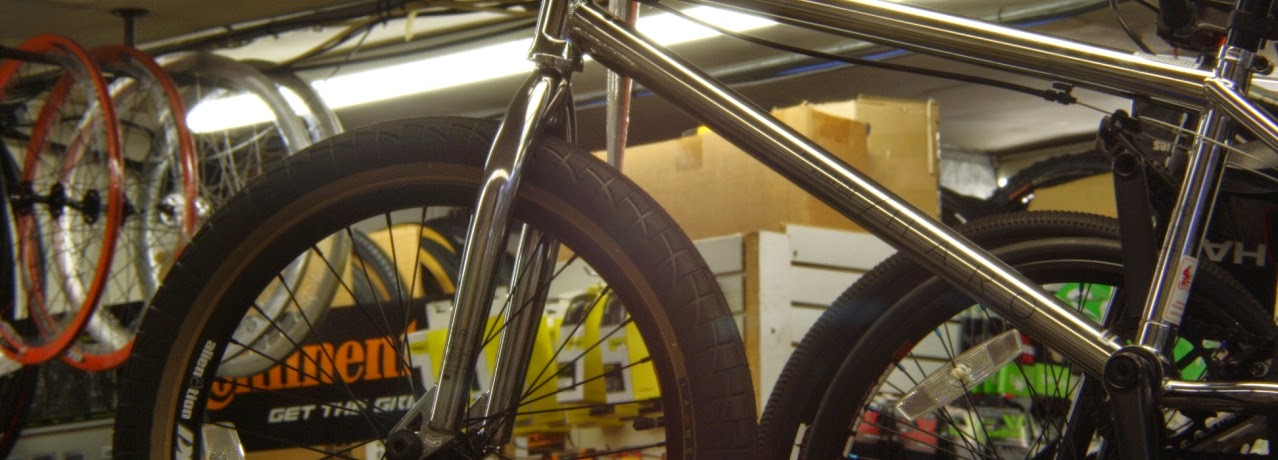 |
| This boneshaker sold for over $5,000 at auction Source: Case Antiques |
- Pierre Michaux
- Ernest Michaux
- Pierre Lallement
- The Olivier brothers (Aimé, René, & Marius)
A French business called Michaux & Company was the first to mass produce bicycles, which led to a bicycle craze in the 1870s. Bicycles of this type were called "Boneshakers" for the following reasons:
- The frames were made of stiff and heavy wrought iron - Not conducive to shock absorption
- The tires were wooden, with a strip of iron around the outside
- Also keep in mind that roads at this time were often cobblestone
Designers attempted to alleviate this problem by mounting the saddle on a strip of metal supported at both ends instead of attaching it directly to the frame, This allowed for some deflection to absorb shock. Although these boneshakers were a big improvement over the drasienne, they still had a couple big drawbacks:
- They were not easy to ride, since the pedaling motion would cause the front wheel to turn from side to side, making steering difficult.
- The front wheel was about a yard in diameter, so they were slow, since there was no gearing
The second problem would later be solved by the next step in bicycle evolution, the classic high wheeler, also known as the ordinary or the penny -farthing. Not many boneshakers survive today, The ones that do can fetch a pretty high price at auction. The one in the photo above went for $5,290.

No comments:
Post a Comment